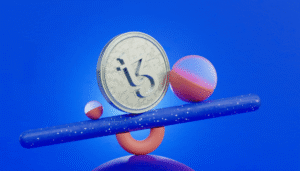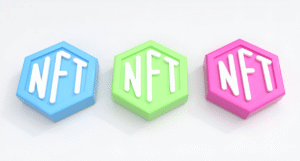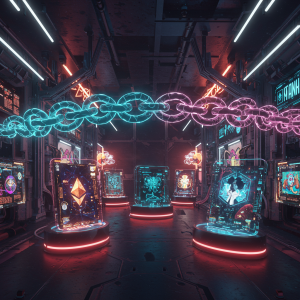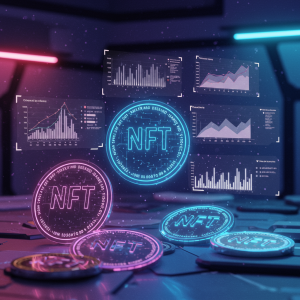What Does Minting Mean in NFT: The Digital Creation Process Explained
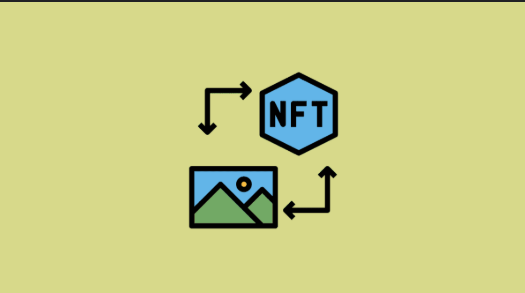
In the rapidly evolving world of digital assets, “minting” stands as the cornerstone process that brings non-fungible tokens (NFTs) into existence. While the term may sound technical, understanding NFT minting reveals the transformative moment when a digital file becomes a verified, blockchain-secured asset.
At its core, minting an NFT means converting digital data into a crypto asset recorded on a blockchain. This process transforms artwork, music, videos, or virtually any digital file into a unique token with verifiable ownership and authenticity. The minted NFT becomes impossible to modify, duplicate, or forge without detection—providing the digital equivalent of turning a painting into a museum-certified masterpiece with proof of provenance.
How NFT Minting Works
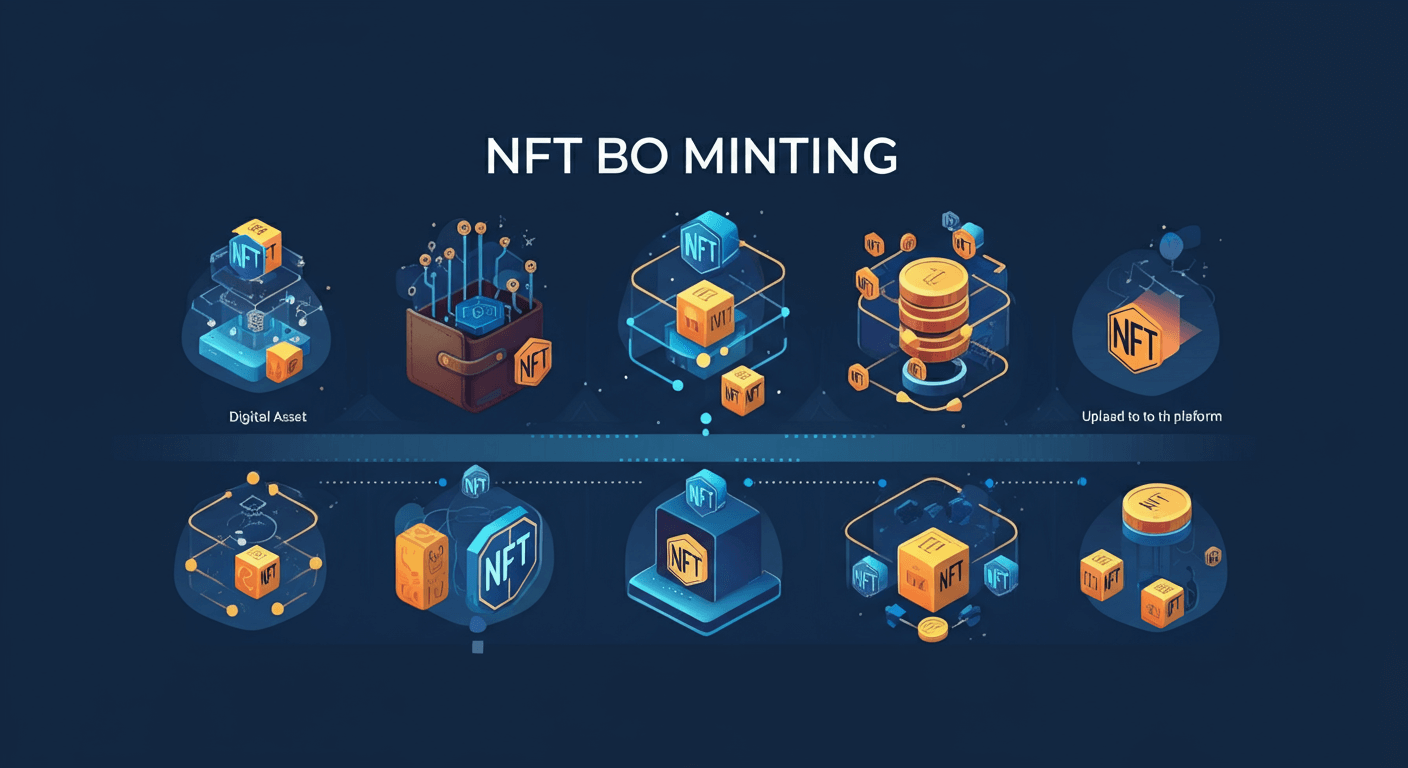
The minting process involves several technical steps happening behind user-friendly interfaces. When you mint an NFT, you’re essentially creating a new entry on a blockchain ledger that contains information about your digital asset.
First, you select the digital content you wish to convert into an NFT. This could be digital art, music, video clips, virtual real estate, or any digital item. You then connect to an NFT marketplace using a compatible cryptocurrency wallet. Popular platforms include OpenSea, Rarible, and Foundation, each supporting various blockchain networks.
The actual minting begins when you upload your file to the platform along with relevant metadata—information describing your asset’s properties, title, and other details. Your wallet then initiates a transaction that creates a unique token on the blockchain. This transaction includes a smart contract that governs the NFT’s behavior, including royalty distributions and transfer rules.
During this process, cryptographic hashing ensures your asset receives a permanent, unique identifier linked to your wallet address, establishing you as the original creator. The blockchain network validates and records this transaction, officially bringing your NFT into existence.
The Technical and Financial Aspects
Minting occurs primarily on blockchain networks that support smart contracts, with Ethereum being the most prominent despite its transition to a more energy-efficient consensus mechanism. Alternatives like Solana, Tezos, and Flow offer varying advantages in transaction speed and cost.
The financial implications of minting deserve attention. The process requires computational energy that translates to “gas fees” on many networks. These fees fluctuate based on network congestion and can sometimes exceed the value artists hope to receive for their work. Some platforms offer “lazy minting,” where the NFT is created only when someone purchases it, shifting the gas costs to the buyer.
Beyond transaction fees, minting represents the moment when intellectual property gains blockchain-certified provenance. This certification enables creators to program automatic royalties from secondary sales—a revolutionary development for artists who traditionally lost out on resale value.
Why Minting Matters for Creators and Collectors
For creators, minting represents the transition from merely owning a digital file to possessing a verifiable digital asset with potential market value. The minting process establishes immutable proof of creation and ownership, allowing artists to monetize digital work in unprecedented ways. When collectors purchase minted NFTs, they acquire not just viewing rights but verifiable ownership of unique digital assets.
The minting process also introduces scarcity into the digital realm. Before blockchain technology, digital files could be infinitely copied with no discernible difference between the original and duplicates. Minting creates digital scarcity by establishing one verifiable “original” among potential copies, mirroring how traditional art markets distinguish original paintings from reproductions.
The Evolution of NFT Minting
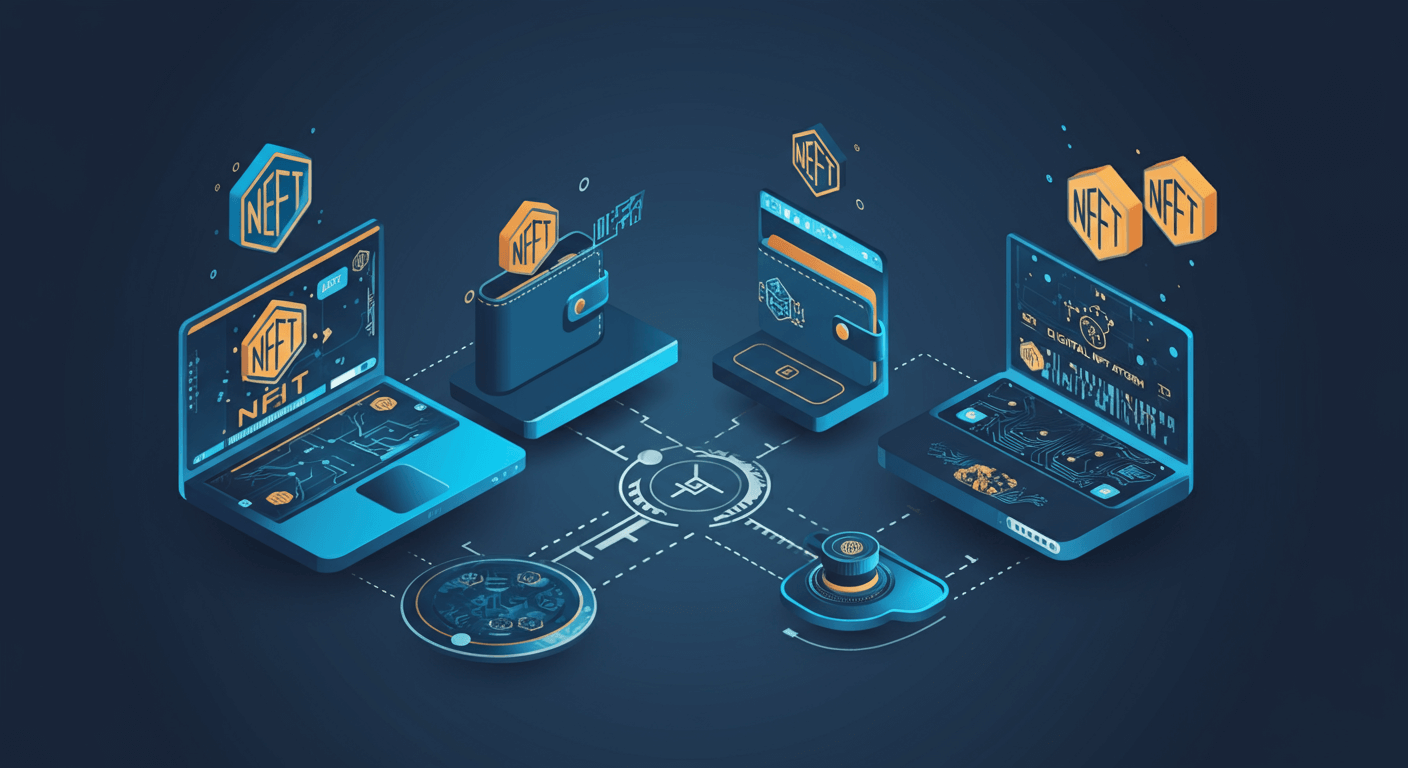
As the technology matures, NFT minting continues to evolve. Improvements focus on reducing environmental impact through more efficient consensus mechanisms and layer-2 solutions that process transactions off the main blockchain. Cross-chain compatibility is expanding, allowing NFTs minted on one blockchain to interact with applications on different networks.
Minting standards are also becoming more sophisticated. While ERC-721 established the basic NFT standard on Ethereum, newer protocols like ERC-1155 enable semi-fungible tokens and batch minting, reducing costs and expanding creative possibilities. Dynamic NFTs can even change characteristics based on external data or user interaction, moving beyond static digital assets.
Conclusion
NFT minting transforms ordinary digital content into blockchain-verified assets with provable scarcity and ownership. This process represents the technological foundation that enables digital creators to establish authenticity, enforce ownership rights, and potentially generate value from their work in ways previously impossible in the digital realm.
Whether you’re an artist looking to monetize digital creations or a collector seeking verifiable digital ownership, understanding the minting process provides essential context for participating in the evolving NFT ecosystem. As blockchain technology advances, minting will likely become more accessible, efficient, and integral to how we create, share, and value digital content in the future.

